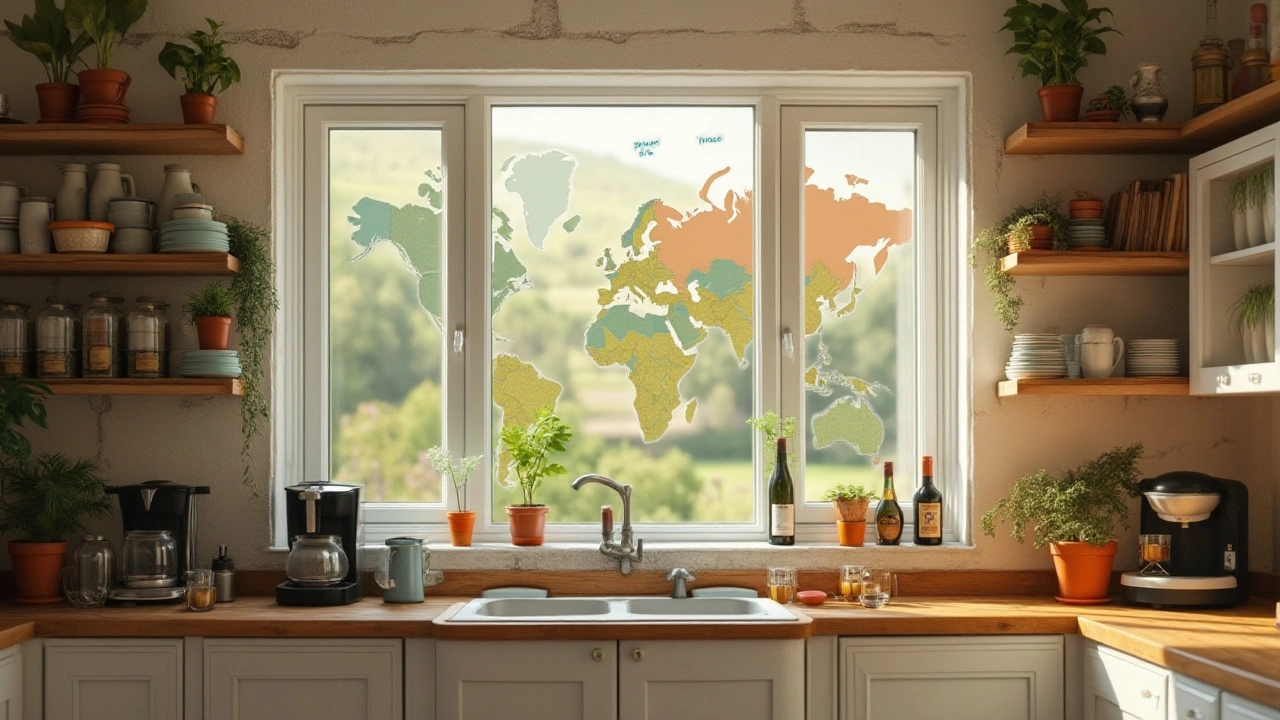Surprising Tea Facts You Probably Haven’t Heard
If you think you know everything about tea, think again. From ancient customs to modern science, tea hides a bunch of surprises that can change how you drink it.
Age, Storage, and Safety
Most people treat tea like a pantry staple that never goes bad. In reality, dry leaves can last for years if you store them right. Keep tea in an airtight container, away from light, moisture, and strong odors, and you’ll preserve flavor for up to a decade. That’s why some collectors actually age certain oolongs and pu‑erh teas like wine—time can mellow harsh notes and bring out a richer, sweeter profile.
But not all tea enjoys a long life. Green and white teas are more delicate; oxidation speeds up once they’re exposed to air. If you notice a stale or flat taste after a few months, it’s likely past its prime. And no, drinking a ten‑year‑old bag of cheap black tea isn’t dangerous, but the flavor will be flat, and any lingering moisture can invite mold. When in doubt, trust your nose—if it smells off, toss it.
Fun Trivia and Hidden Benefits
Did you know tea was once used as money? In ancient China, tea bricks were traded like coins because they were easy to transport and held real value. Fast forward to World War II, and tea leaf extracts were added to hospital disinfectants because of their natural antibacterial properties.
Beyond history, tea packs a health punch. A single cup of black tea contains about 40 mg of caffeine—roughly half the amount in coffee—so you get a gentle lift without the jitters. The same cup also delivers a dose of catechins, antioxidants that help protect cells from damage. Surprisingly, the caffeine in tea is balanced by L‑theanine, an amino acid that promotes calm focus. That’s why many people feel alert yet relaxed after a few sips.
Another cool fact: you can brew the same leaf multiple times. High‑quality teas release different flavor layers with each steep. First infusion is often bright and a bit astringent; second brings depth and sweetness; third may reveal subtle earthy notes. Just increase the steeping time a few seconds each round.
If you love iced drinks, try cold‑brewing. Fill a jar with tea leaves, add cold water, and let it sit overnight. The result is a smooth, low‑bitterness brew that’s perfect for hot summer days.
Finally, tea isn’t just a drink—it’s a social ritual. Whether you’re sharing a matcha ceremony in Japan or a tea break at the office, the pause gives you a moment to connect, reflect, and reset.
Next time you reach for a mug, think about these quirks. A little knowledge can turn an everyday habit into a mini‑adventure. Happy sipping!
Explore the fascinating world of tea consumption across the globe with a focus on countries where tea is least popular. This article dives into cultural nuances, historical contexts, and economic factors influencing low tea intake. Learn about unexpected countries with minimal tea habits and discover reasons behind this trend. Readers will get an engaging look at global tea preferences and tips on enjoying tea in non-traditional regions.
View Details

